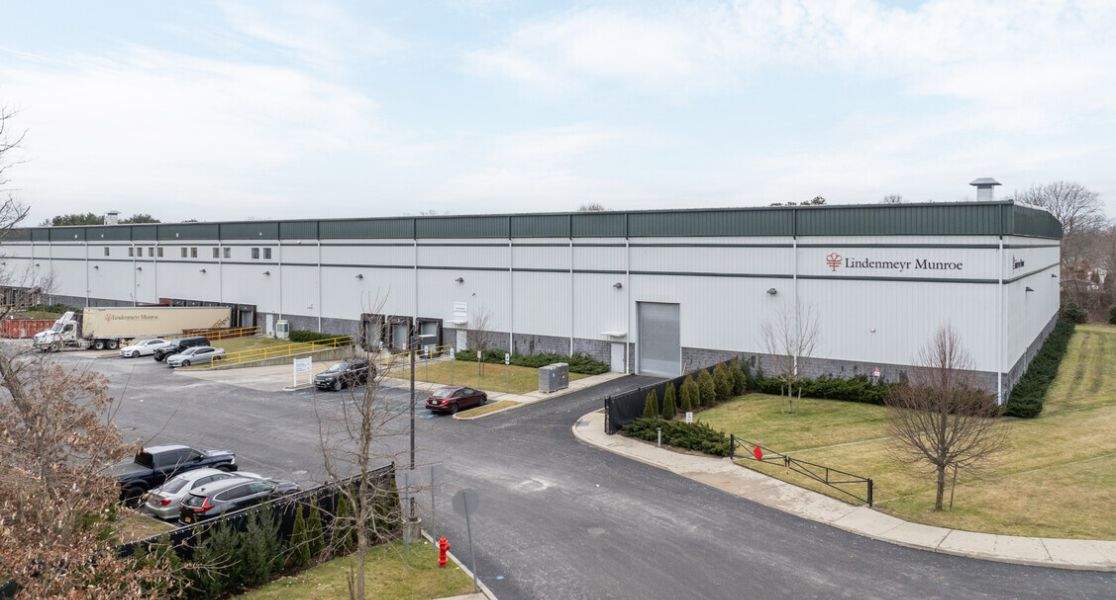 In a previous newsletter, we wrote an article on Pre-Payment Penalty, which is a clause in a mortgage contract that says if the mortgage is paid off within a certain time period a penalty will be assessed.
In a previous newsletter, we wrote an article on Pre-Payment Penalty, which is a clause in a mortgage contract that says if the mortgage is paid off within a certain time period a penalty will be assessed.
This clause is viewed as an agreement between a borrower and a bank or mortgage lender that regulates what the borrower is allowed to pay off in the mortgage and when. Prepayment penalties were created to protect lenders and investors that rely on years of lucrative payments in order to make a profit. When loans are paid off quickly, whether by a refinance or a sale, less money than originally anticipated will be made.
Prepayment penalties are essentially a way for those with an interest in a borrower’s mortgage to ensure that they get something back, regardless of how long the mortgage is kept before being paid off. Banks or mortgage lenders also use pre-payment penalties as a way to lure buyers with low rates while locking in their profits.
The idea is that banks would lower their rates ever-so-slightly but demand that buyers sign a contract to pay a penalty if they paid off their mortgage in a set period of time, usually between three and five years. However, there actually is a way to repay a commercial real estate loan early through a complex process called defeasance. This process guarantees that the loan payments will continue to be met, even after the property is released.
Defeasance. An Alternative to Prepayment Penalties
Defeasance is the standard alternative method to traditional prepayment penalties – rather than being a true prepayment, defeasance is the substitution of securities collateral for real estate collateral. Instead of paying cash to the lender, this alternative option allows the borrower to exchange another cash flowing asset for the original collateral for the loan. Because loan-holders are expecting a certain rate of return from your commercial loan, you are prohibited from engaging in defeasance during the first two years after your loan’s origination.
However, after that two-year period, you can “repay” the loan by substituting your commercial loan and its stipulated interest rate with a portfolio of high-quality bonds, usually U.S. Treasury bonds. The yield on the bonds will replace the interest rate from your commercial loan, and the CMBS (Commercial Mortgage-Backed Security) lender will continue to receive their expected rate of return. Defeasance is usually conducted to facilitate a sale of refinance of the mortgaged property.
The Complexities of a Defeasance
It must be said that defeasance is a complex financial and legal transaction that includes many moving parts. Every commercial real estate defeasance involves multiple parties with varying interests so it is important to have experts on your side. This process usually requires a team of attorneys, banking experts and financial professionals.
Borrowers typically engage the services of a company experienced in the defeasance process. These companies are usually able to coordinate the process and the various parties involved. Defeasance transactions generally close within a 20-35-day period from start to finish, but they can be completed in as little as a week if the borrower is on a tight schedule.
When negotiating loan terms for a new loan that contains a defeasance clause, borrowers should request that the substitute collateral include other U.S. Government obligations as these typically trade at higher yield than treasuries, which reduces the cost of purchasing the substitute collateral, effectively reducing the prepay penalty. Another helpful insight: it’s good to be aware that the cost of the defeasance is tax deductible in the year of the defeasance.






